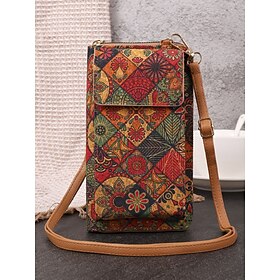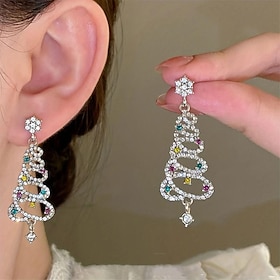A brief overview
Burberry, the British luxury brand, is well known worldwide for its trench coats, its iconic tartan pattern, and its wide array of luxury accessories. As Burberry and its territories grow, its value proposition for marketing accessories becomes more dynamic to recognize the various cultures and customer preferences. Let’s examine Burberry’s success at connecting to the world one location at a time.
Designed for Local Tastes
Burberry’s collections consistently consider what their international customers like. In Asia, for example, Burberry used brighter colorways, smaller and sleeker bag designs, and developed tailored styles for the area. In the Middle East, Burberry featured gold or metallic finishing, addressing an area that loves luxury and bold items.
View this post on Instagram
Cultural Collaborations
In addition, Burberry provides relevant attachments with local artists and designers in order to build a connection with an international audience. In Japan, Burberry produced limited edition scarves based on traditional Japanese styles. With the unveiling of new pieces, Burberry celebrated cultural similarities while presenting the brand as a company that understands its customers’ diverse needs.
🛍️ Discover your next happy accessory online – finding items that inspire you!
Culturally Relevant Marketing Campaigns
Burberry conducts regional advertising practice that captures local practices. In China, for example, Burberry launched a Lunar New Year campaign with famous Chinese personalities and models in culturally relevant environments. Burberry praised the culture while presenting emotionally relevant communication to the audience.
Local Digital Engagement
More than any brand out there, Burberry has pioneered the social platforms for engaging digitally or on social networks. For example, through WeChat in China, Burberry provides exclusive content and even continues to develop online relevant shopping experiences that is tailored through the social networking experience of each platform.
Brand Engagement
Burberry has also developed pop-up stores in cities across the globe. The pop-up experience provides limited collection retail items and immersive aspects with the retail experience for loyal and new customers to engage with the company and its products.
Sustainable Development
Lastly, sustainability is a key part of Burberry’s global strategy. Iconic pieces will be produced to be more sustainable as Burberry focuses on reducing its carbon footprint. Sustainability ideologies are more widely available with the growth of the environmental community and therefore present maximum impact toward the brand assurance as an innovative luxury company.
Conclusion
Burberry’s global accessories strategy is a practical combination of cultural understandings, strategic collaborations, and digital creativity. Burberry will remain relevant to customers across the world by documenting its creativity as a British brand and not stifling financial merit with disregardful market entry. Burberry possesses relevance to a globally expanding market, beginning where respect becomes a global success.





















